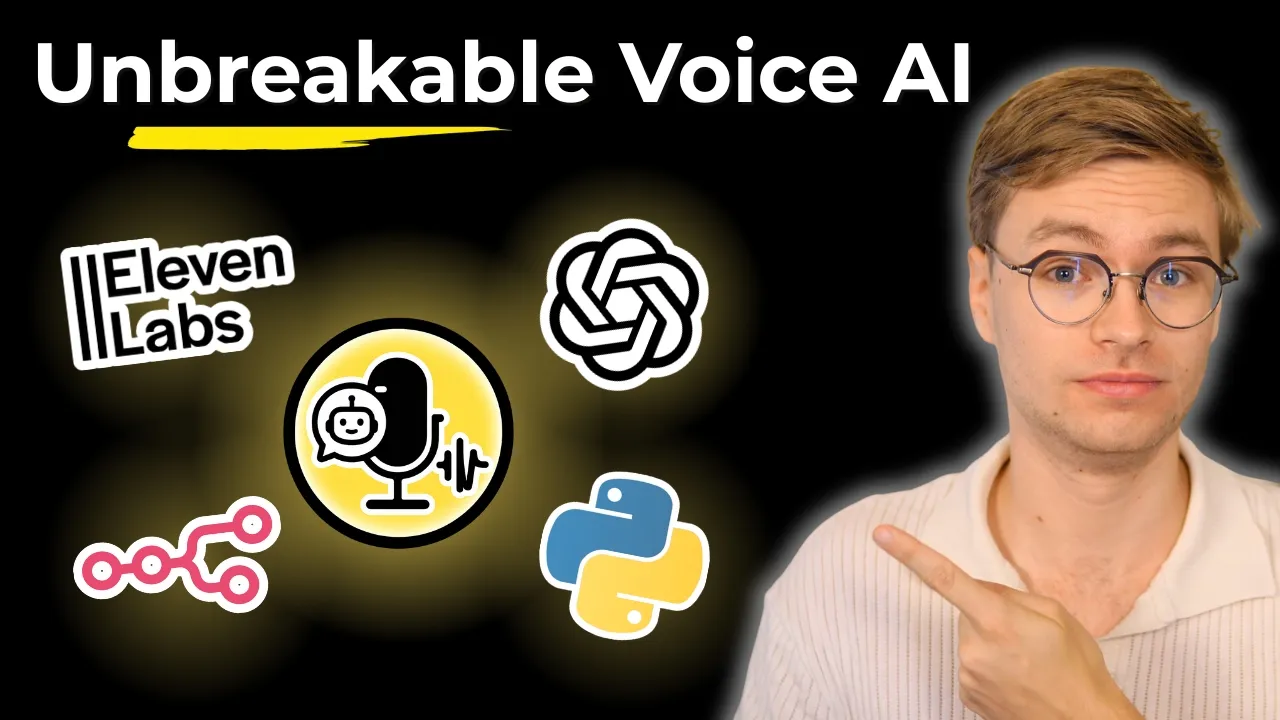AI Onboarding Support Calls
SaaS leaders dream about onboarding calls that scale without putting customer success teams on a treadmill. Most voice bots fail that test. Once a new customer asks about integrations or raises a frustration, the agent loops back to the original script and ignores the real issue. You can see the same behavior in the video where the agent refused to acknowledge the caller’s problem. The solution is a moderator loop that watches the conversation, compares each turn to a shared checklist, and guides the voice agent toward the outcomes that keep accounts healthy.
The Onboarding Bottleneck
Early-stage customers suffer when a bot forgets steps like activation, role setup, or billing verification. A single prompt cannot hold the entire onboarding flow once the call stretches past a few turns. The model reacts to the last question, skips checklists, and leaves customers guessing about next actions. That is how churn shows up before the first renewal.
By pairing the agent with a moderator that shares the same system prompt, you give the automation a coach. In the demo, the moderator reminded the agent to acknowledge frustration and collect improvement ideas. In onboarding, that guidance ensures the agent confirms launch dates, logs integration blockers, and escalates to a specialist when the customer hints at cancellation.
Design the SaaS Activation Checklist
List the milestones your team expects during onboarding:
- Account verification, admin assignments, and environment setup steps
- Integration requirements, data migration plans, and access controls
- Success metrics, kickoff timeline, and executive stakeholder alignment
- Training resources delivered, next meeting scheduled, and support channel preferences
Place this checklist inside the shared prompt so the moderator can flag gaps. When the agent forgets to log an integration, the moderator suggests a specific question rather than restarting the call. This structured approach mirrors the methodologies in AI Agent Development Practical Guide for Engineers.
Keep Empathy High While Delivering Clarity
New customers need reassurance that onboarding will not derail their day. The moderator helps the agent:
- Recognize frustration and validate time constraints
- Clarify what is left in the onboarding sequence
- Offer a human handoff when the account shows high risk or strategic value
During the demo, that coaching changed a tense conversation into a productive one. Scale that across your portfolio and you protect net revenue retention while reducing firefighting.
Turn Calls Into Product-Led Signals
Structured transcripts let your teams animate onboarding data. Product can see which features stall adoption, marketing can capture testimonial moments, and success leaders gain visibility into accounts that need launch support. Combine this data with the measurement cadence from AI Agent Evaluation Measurement Optimization Frameworks to track impact on time-to-value, activation rate, and expansion.
Deploy Without Shocking Your CSMs
Pilot the moderated agent on low-risk segments such as sandbox environments or freemium conversions. Compare completion rates and sentiment against human-led calls, review moderator coaching, and refine the checklist with your success playbooks. Once you reach parity, expand to onboarding surge weeks and after-hours coverage. Keep documentation synchronized using AI Agent Documentation Maintenance Strategy.
Next Steps
Watch the video walkthrough to understand how the moderator packages checklist status, coaching, and suggested prompts. Then adapt the same loop to your onboarding pipeline. Inside the AI Native Engineering Community we share onboarding-ready scripts, activation dashboards, and rollout plans. Join us to build a voice agent that keeps new customers confident from day one.

